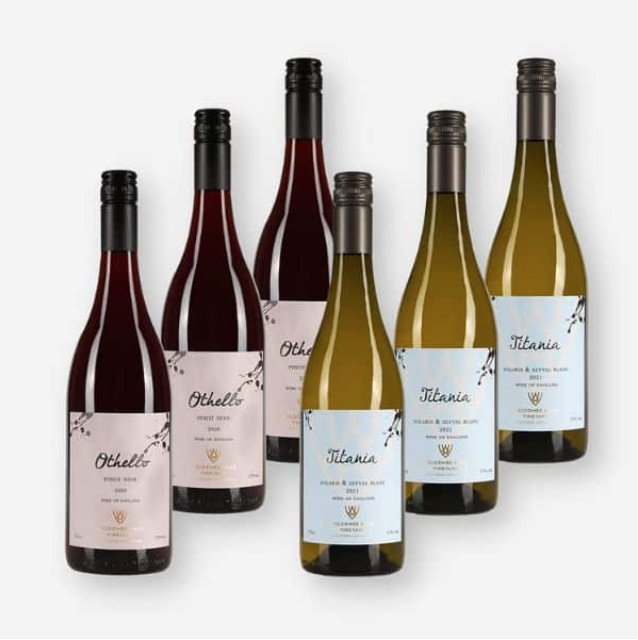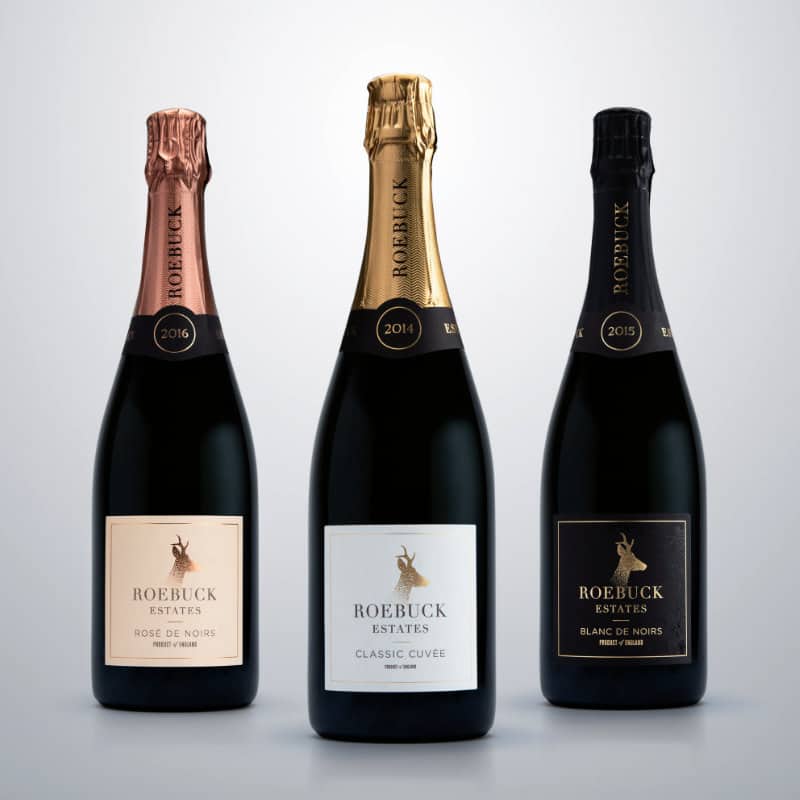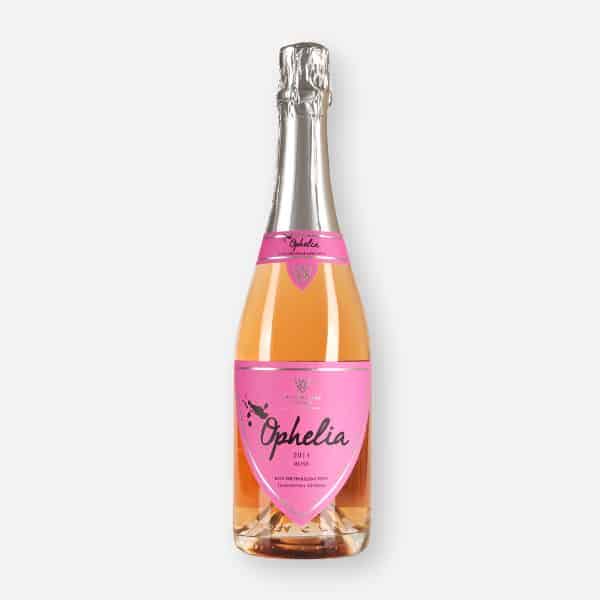British ARTISAN FOOD
The Rise of Artisanal Food & Drink

British food, once the derided joke of the world has over the last 20 years undergone a true transformation. Gone are the days of the BBC ‘Goodness Gracious Me’ comedy show, who hilariously portrayed ‘Going out for an English’ where they tried to order the blandest thing on the menu. Although British food still has a long way to go abroad with many Europeans laugh at the thought of quality food. Their minds are made up, and it has become part of the ‘English’ not British joke.
To regale a tale, once in the South of France on business I was in a very fancy fish restaurant with a German colleague, another British colleague said that he thought the fish was astounding, the German colleague turned sharply and said “what would you know about food, you are English?” The retort was, ‘…well we are an island and surrounded by the sea so we know a fair bit about fish.’
This stereotype is abound throughout Europe. Where the only food items that people think we consume are Fish & Chips (not fancy fish), meat with lashings of mint sauce or a full English. It may also be that many foreigners first visited these shores in the 1970’s when travel became cheap, and well, food in the 70’s when we grew up was pretty appalling. This no doubt has stuck in the international psyche.
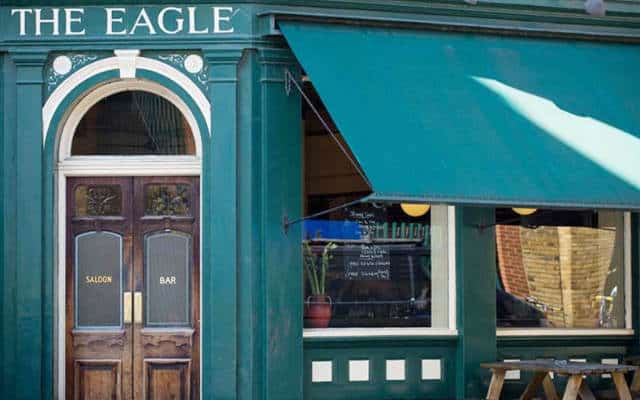
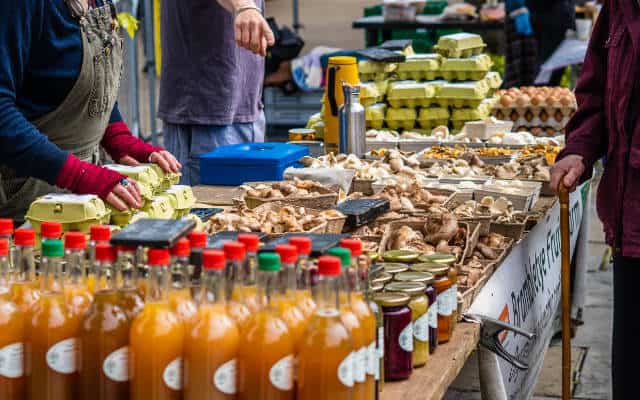
The Invention of the Gastropub
But how things have changed, maybe slowly but they have certainly changed. This may have started with the invention of the Gastro Pub (where else would us Brits want good food). The term was first coined in 1991 at the Eagle on Farringdon Road, Clerkenwell, London. A classic boozer that refined the food it started to serve, it is hard to remember a time before then when English pub fayre was a ploughman's lunch or a Betty’s Hotpot. Or maybe as a special treat on Sundays you would traipse to the local Toby’s Carvery for a Sunday all you can eat lunch. Gastropubs gradually spread across the UK and in 2012 the term Gastropub entered the dictionary. This I believe made the masses think about food more, they started to become Sunday lunch aficionados, and these Gastropubs then began to serve more than Sunday roasts.
The Rise of the Farmers' Market
Another move in the direction of food becoming better was the growth of inner city Farmers’ Markets. The movement of Farm to Fork started in the UK ‘officially’ in Bath in 1997. Obviously farmers’ markets are not a new thing. Before the invention of supermarkets and shops every village, town and city had markets that farmers and producers bartering and purveying their wares. But the reinvention of small artisan makers selling their wares to the public circumnavigating the supermarkets has become big business. Consumers were beginning to understand that small independent producers made food and drink that was of a superior quality. And now a trip to a farmers’ market can be a whole day out, a multi-sensory adventure in taste, unlike the prosaic journey to the local supermarket trip which is done out of essential necessity.
This journey of discovery of independent food and drink has grown remarkably. Another factor was the rise of larger supermarkets and out of town developments. A consequence of this movement was that smaller delis started to pop up in most towns to replace the local supermarket. These delis offered a selection of food and drink that was once unavailable to most people, unless you lived next door to the artisan producer.
There is not one food or drink segment that has not benefited from this explosion of artisan food. Craft beer has become one of the fastest growing sectors, embracing the move to smaller brands with provenance. But they are not the only sector. Cheese, bread, chutneys, charcuterie, jams, coffee and even snacks are all getting a artisan makeover. Obviously there are charlatans who profess to be artisanal through clever marketing and branding, which are made in large factories.

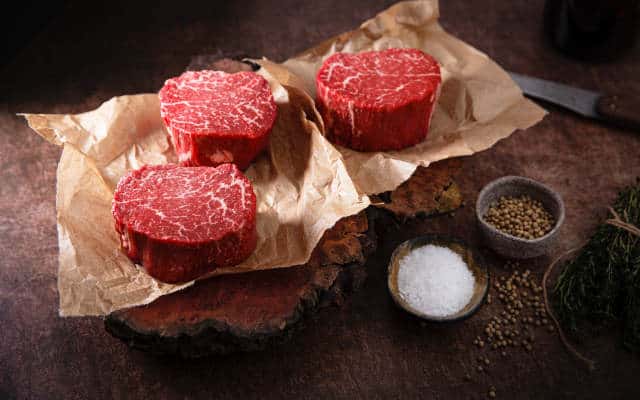
What is Artisan Food & Drink?
So what is artisan food? And how to tell the difference between those hoodwinking you into believing that their product is artisanal? In days of yore the word artisan could be replaced with
‘Traditional’, ‘Farmhouse’, ‘Heritage’ or ‘Old Fashioned’
There are no hard and fast rules when it comes to defining an artisan product. But there are a few things that they all share in common. And some of the criteria is the following.
Produced in small-batches or on a small scale and not mass produced or farmed on an industrial scale.
The product is handcrafted using traditional methods, skill and tools.
The products are crafted according to a traditional recipe and traditional ingredients (although
there are many artisan producers who are reinventing traditional recipes)
Artisan producers shun artificial additives, preservatives, colourants, sweeteners and thickeners.
Made locally, (obviously everything is made locally somewhere) but in this context it isn’t imported,
unless it is specifically imported as an artisan product.
Products have ingredients that are traceable, with provenance
Why buy Aritsan Food?
Not only does artisan food and drink by and large taste better, there are also many other benefits. Not only are they made with love using the finest ingredients those ingredients are far superior. The attention to detail in those ingredients are what make products made in small batches superior to industrial production. But there is a catch when it comes to the word ‘Artisan’... supermarkets and restaurants may call their bread artisan as it is made in the traditional manner but the flour could be industrial flour.
Generally artisan food is better for the environment due to its smaller footprint and low ‘food miles. We have all seen the fruit and veg that has come from across the globe. Peruvian asparagus, Vietnamese Prawn and Kenyan Broccoli. But smaller producers are local to their community generally from within 40 miles. Which means they are fresher and require less preservatives, if any at all.
Something that is certainly on people’s mind much more since the pandemic is provenance and buying local which in turn supports local economies. And who doesn’t like to think that they are supporting their local community.
The majority of artisan produce is also organic, which has many benefits, such as less pesticides. Organic produce is the go to choice right now for consumers and perceived as having better nutritional value, safer for the family and better tasting. The Soil Association now claim that “Almost £45 million is spent on organic food every week in the UK and this number is showing no signs of slowing down.” No longer is it the hippy choice, organic is mainstream.
Artisan produce is also produced with soul. Consumers like to know that someone has crafted the products with love. The thought that the skills have been passed down or revived. The stories give the products more meaning, especially when you compare the products to those on the supermarket shelves. Every mouthful is a history lesson.
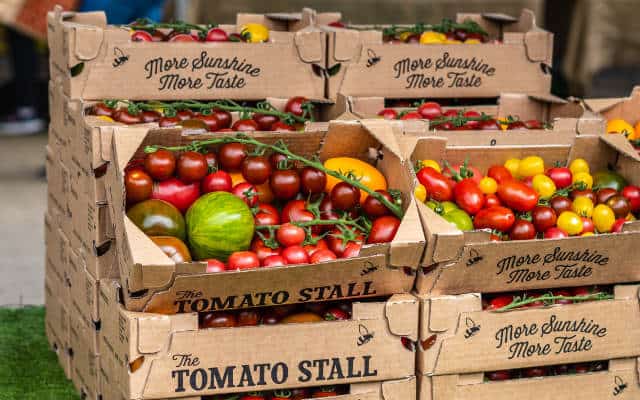
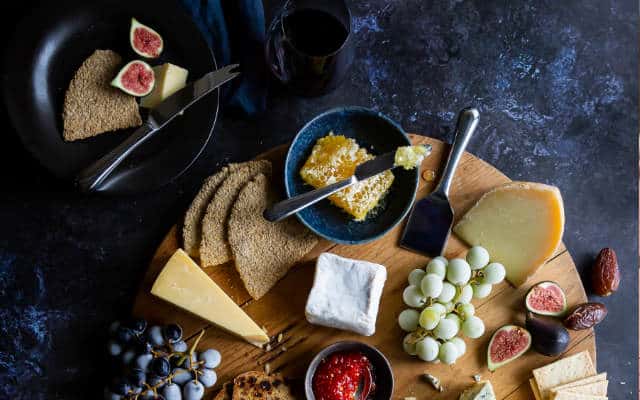
The Future of British Artisan Food & Drink
As we alluded to before the pandemic has played a huge part in the rise of artisan food and drink. People want interesting goods from interesting producers with interesting stories to tell. Whether that be ingredients, techniques or way of producing. And every part of Britain is getting in on the act. Parts of the country that have a tradition in certain food types but waned due to mass manufactured foods have seen a renaissance. From the Orkney Isles to the tip of Cornwall and from the West of Wales to the edge of East Anglia there are imaginative and exciting producers popping up. They are a delight to the senses and the palette.
Those visitors to our sceptred island who haven’t been here since the 1970’s might not recognise the gastronomical feast that will now greet them.
You can try some of the very best British artisan goods by clicking the links below to Thackray Brown British hampers and Roebuck Estates vintage sparkling wines. Tuck in and sup up.

